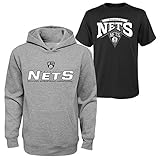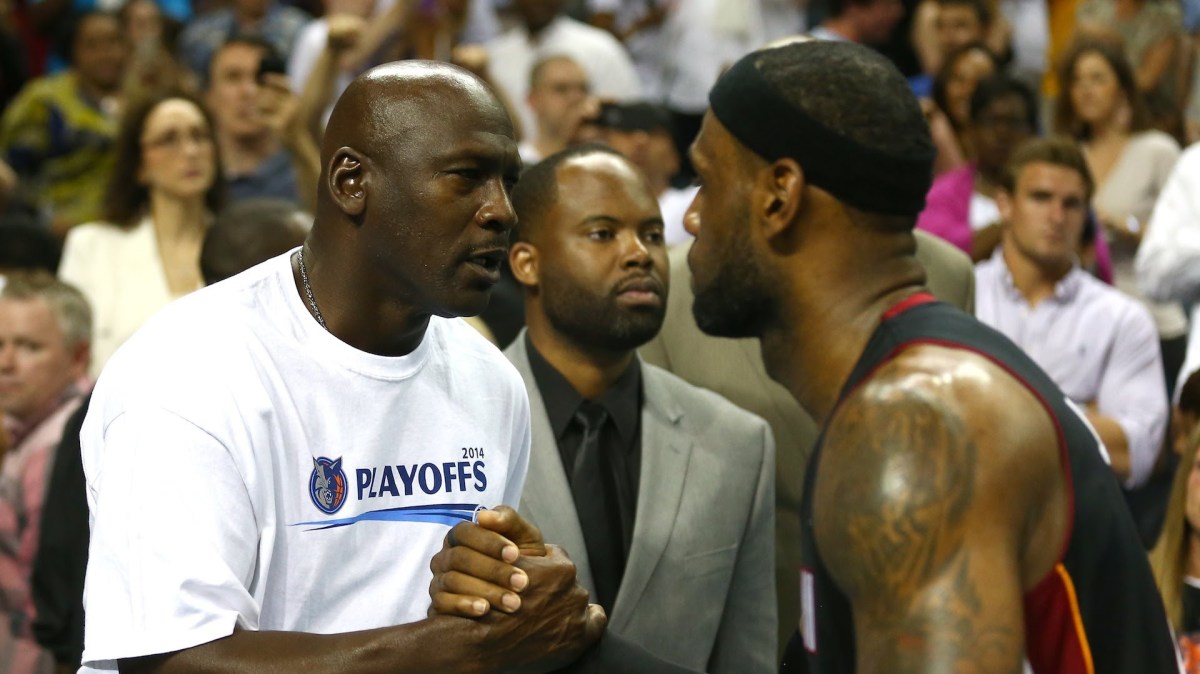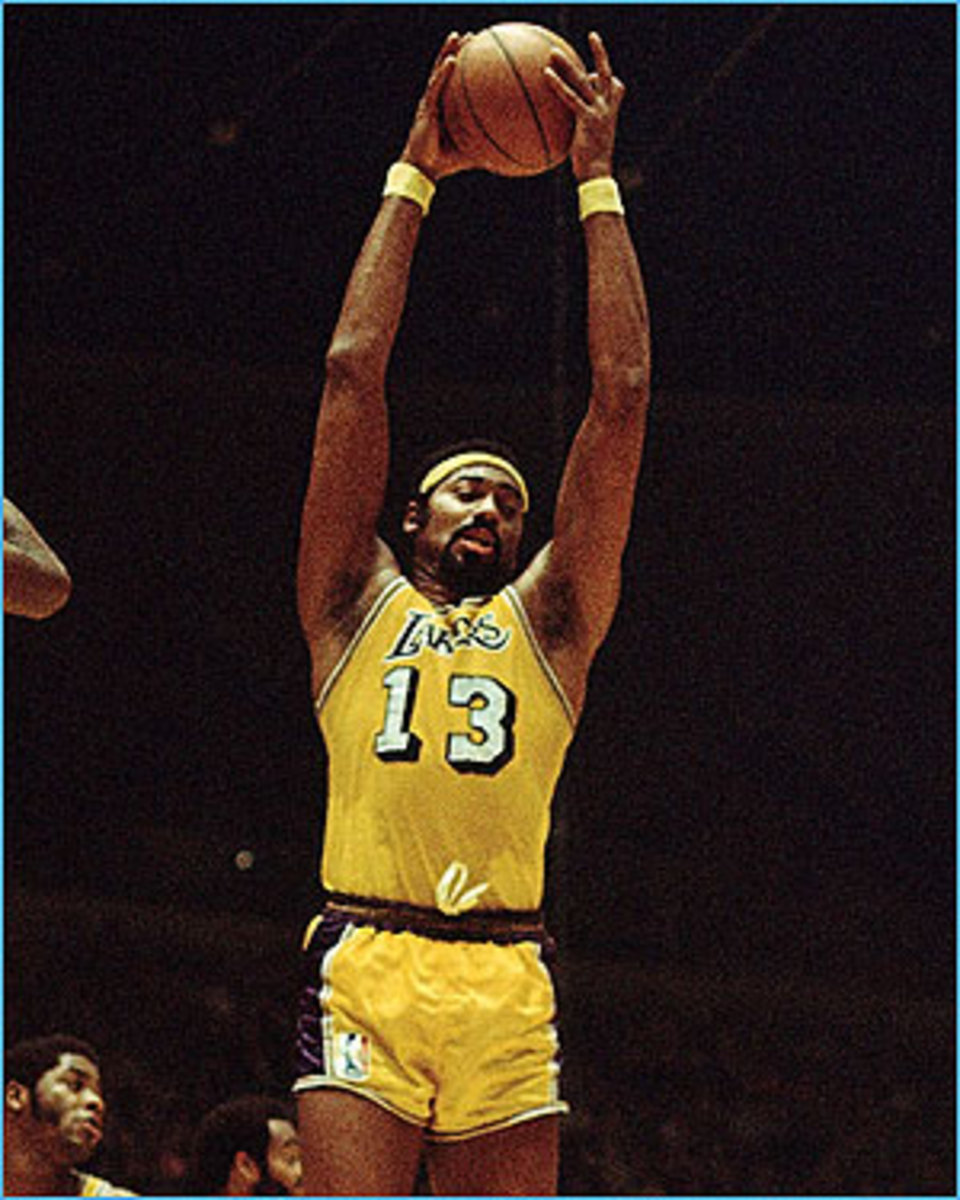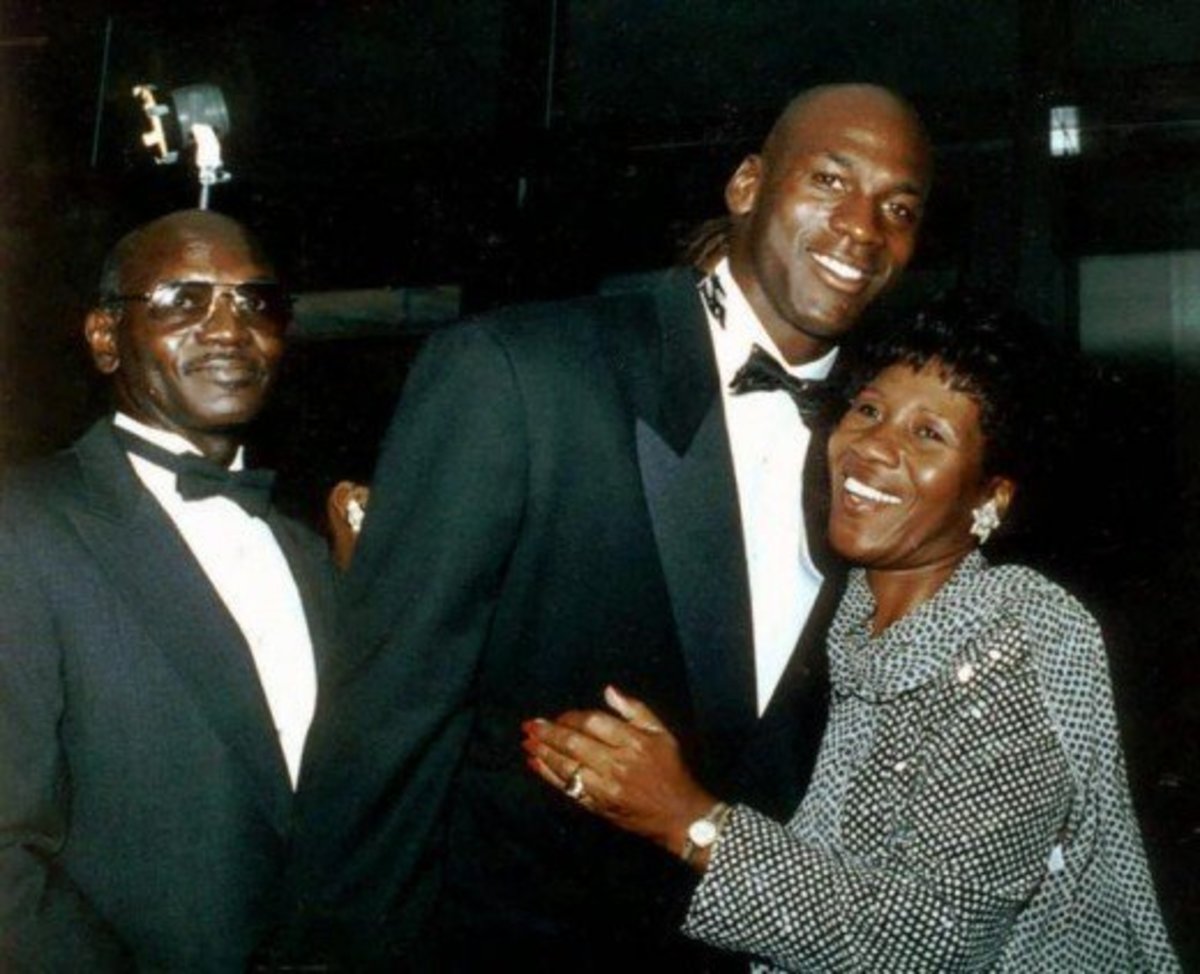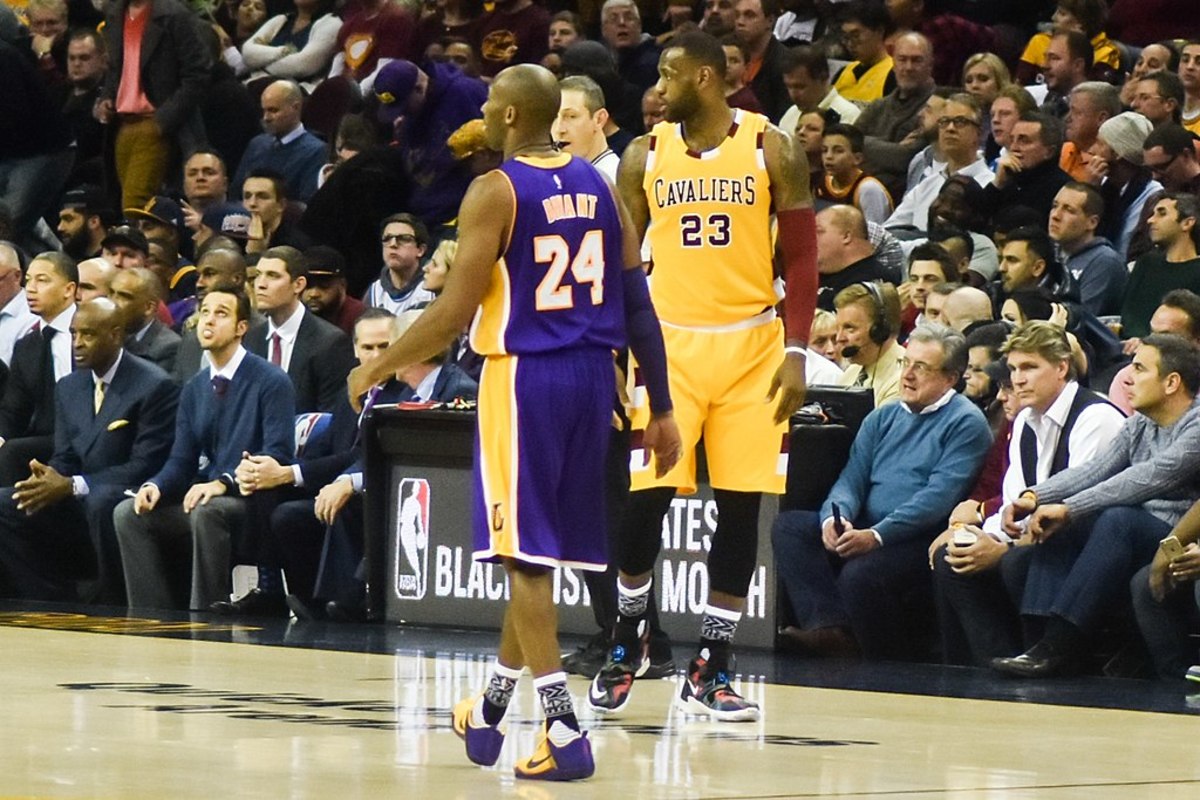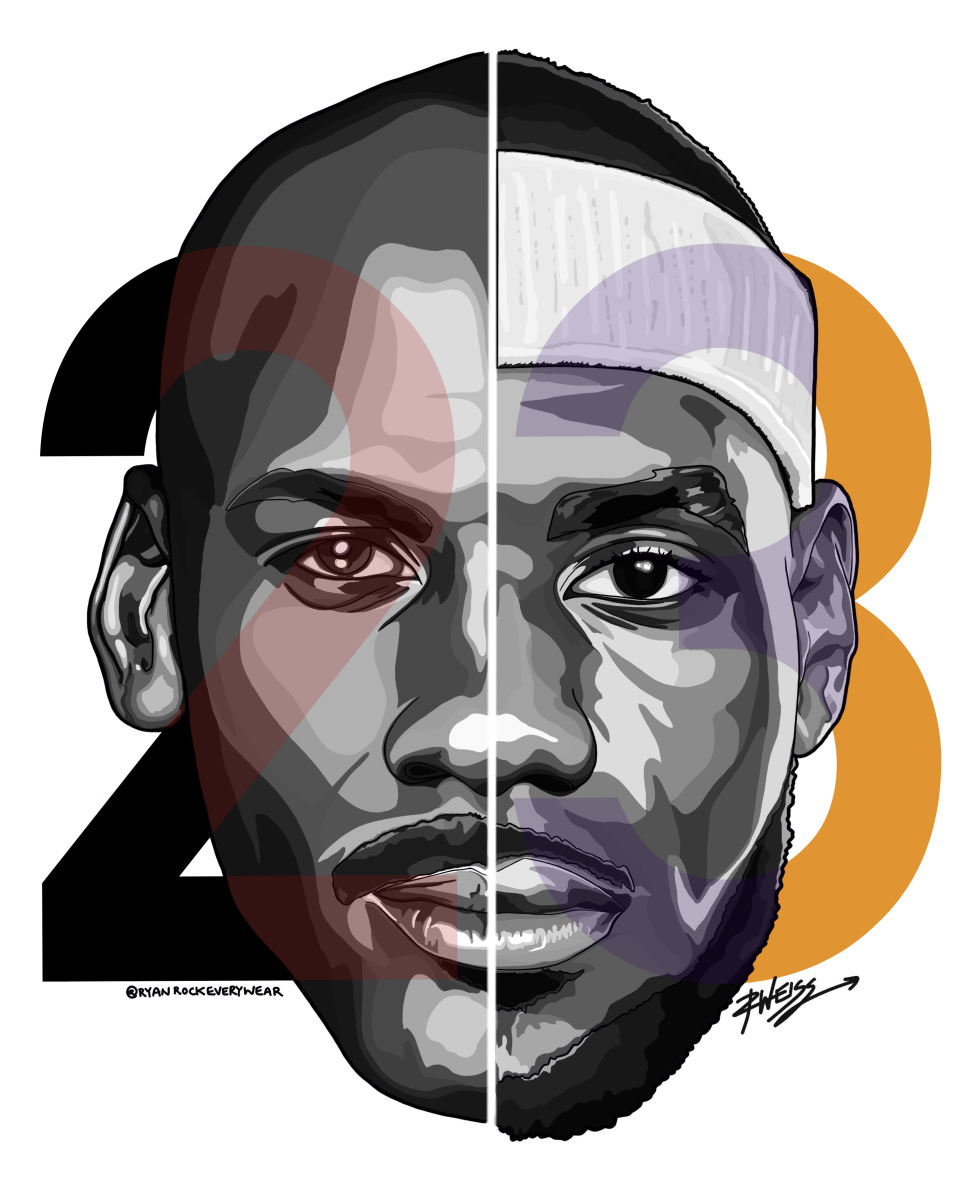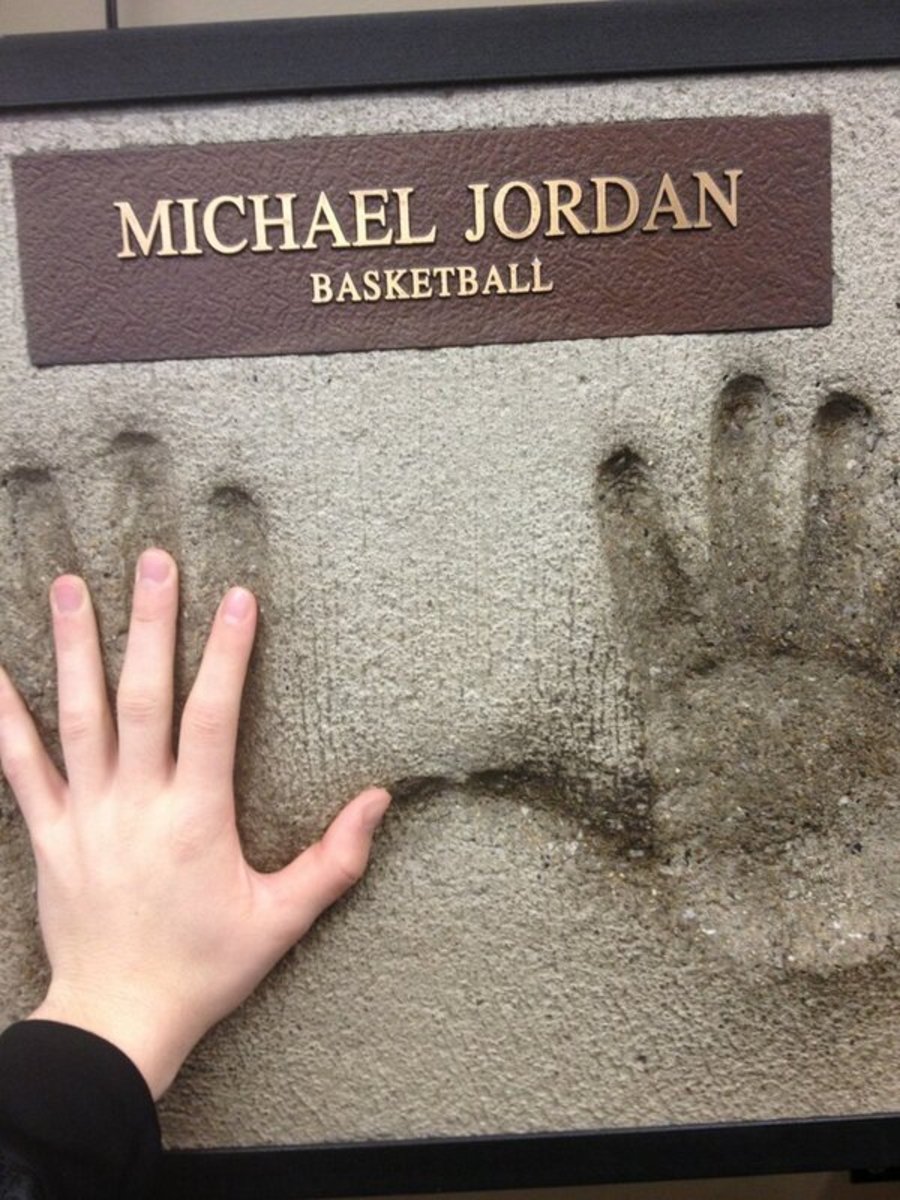The Decline and Fall of the NBA
What happened to the NBA?
What happened to the NBA I used to know and love? During the 2009-2010 season, I watched the Washington Wizards play the Boston Celtics and witnessed an amazing spectacle: the Wizards failed to rebound during the entire second quarter! They didn’t defend well either, and Boston shot 60% from the field for the quarter. There were rebounds to be had, though—the Wizards just didn’t get any of them. What was even more amazing was that the Wizards only lost by two points! They failed to rebound for a quarter of the game and still had a chance to win! What is wrong with the NBA?
In the 70's and 80's, I actually preferred pro basketball to college hoops. The NBA had Wilt, Kareem, Bob Lanier, Pete Maravich, Connie Hawkins, Rick Barry, Nate Archibald, Elvin Hayes, Bob McAdoo, and many other great players. The 70’s gave us the Lakers with Wilt, Jerry West, Gail Goodrich (and Pat Riley); the Knicks featured Willis Reed, Walt Frazier, Earl Monroe (and Phil Jackson); those fabulous Celtic teams starred Dave Cowens, Paul Silas, John Havlicek and Jo Jo White; the Milwaukee Bucks boasted Kareem Abdul-Jabbar, Oscar Robertson, and Bob Dandridge; the Detroit Pistons featured Dave Bing and Bob Lanier; and the Baltimore/Washington Bullets were amazing with Elvin Hayes, Wes Unseld, and Phil Chenier.
Those were good days for the NBA, and when the older players retired, four ABA teams were admitted into the league. Suddenly we witnessed the talents of players from the so-called inferior league as Artis Gilmore, Julius Erving, George McGinnis, George Gervin, Maurice Lucas and others now battled with the established stars.
The excitement increased as the 80's brought us Lakers Showtime, with Worthy and Magic running the break while Kareem patrolled the middle; Moses Malone, Dr. J and Charles Barkley together on one team; the original Twin Towers (it would have been fun to watch Ralph Sampson and Hakeem Olajuwon face off against their 90’s counterparts, David Robinson and Tim Duncan); and, an amazing Celtics team with Larry Bird, Robert Parrish, and Kevin McHale. The mid-80’s introduced a guy who would single-handedly change the NBA landscape named Michael Jordan. Despite his offensive brilliance, his teams weren’t ready yet to compete with the NBA’s upper echelon. He was fun to watch, though.
The NBA: The Good, the Bad and the Ugly
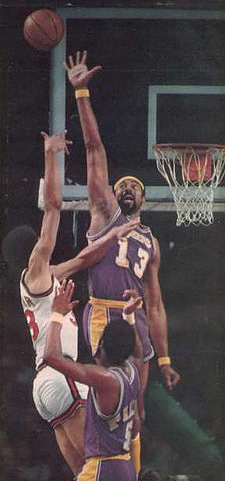
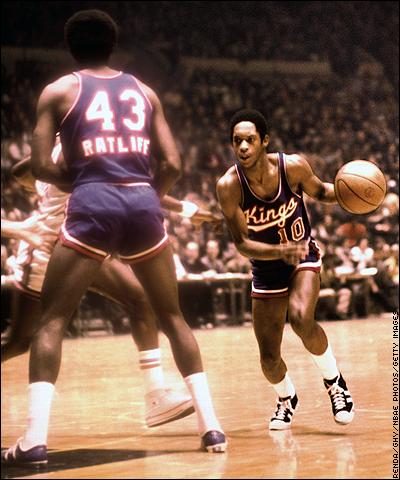
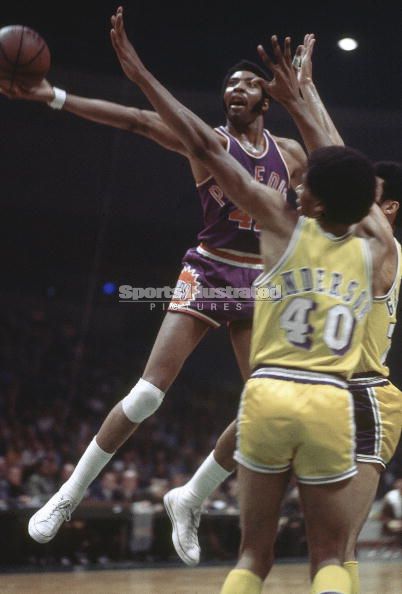
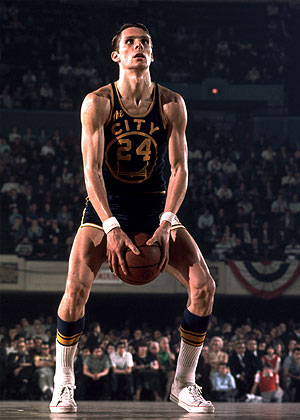
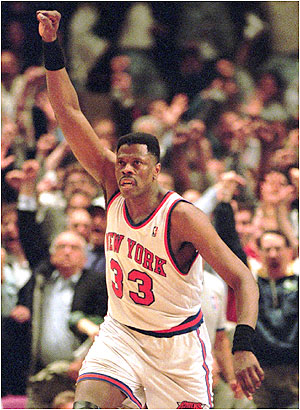
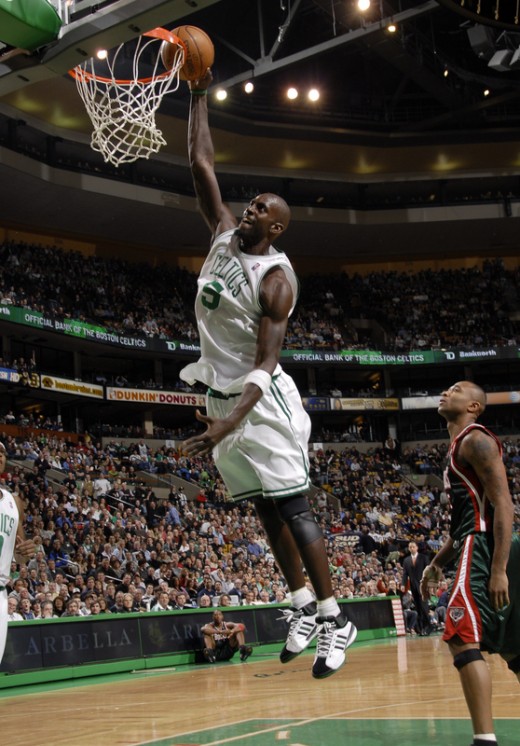
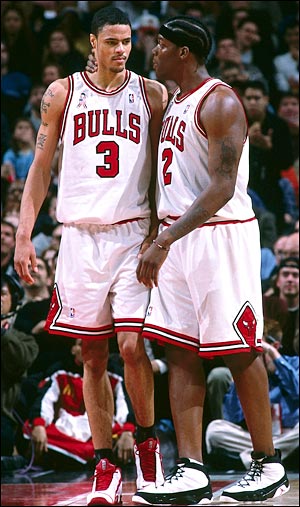
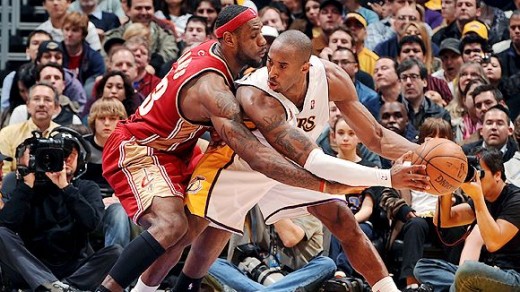
The NBA has changed, and not for the better!
But a funny thing happened. In the late ‘80s, the Bad Boys Pistons won two titles while simultaneously robbing the game of its beauty. Pat Riley later took Showtime to New York and reinvented it as Slowtime. Teams weren’t even embarrassed when they won by scores of 74-68—less than a good college team scored in 8 fewer minutes. Fawning broadcasters proclaimed these teams played terrific defense, but it looked more like players dribbling the ball until 6 seconds were left on the clock, and then launching any wild shot they could heave toward the rim (unless they scored by putting the defense to sleep). Rotten shots equaled misses and perpetuated the illusion of good defense. Isolation plays used to expose illegal defenses turned offenses into a two man game with three guys watching. The three non-scorers didn’t bother sprinting around as if running a play. It’s been suggested NBA teams in the ‘60s and ‘70s played “run and gun” basketball (citing this as why more rebounds were available), but I see the difference as that of teams trying to do as much as they could on the court in those days, instead of as little as they could.
Michael Jordan provided some exciting moments during his championship runs, but the league was so distilled, there was no one for him to compete against. Wilt Chamberlain had Bill Russell and then Kareem Abdul-Jabbar, and Larry Bird had Magic Johnson; there was no worthy opponent to test Michael Jordan and demand his best game every time in order to win. Chicago’s finals opponents didn’t do it (Los Angeles, Portland, Seattle, Phoenix and Utah), and the fact that only Utah played them twice for the title indicates the league had no other great teams. It was small wonder that in Jordan’s NBA, a 72-10 season was possible.
The NBA’s regression didn’t end with Jordan’s domination of guys like John Starks and Jeff Hornacek. In a way MJ never dreamed of, Kevin Garnett changed pro basketball by joining its ranks out of high school. This wasn’t completely unique—Moses Malone went to the ABA from high school and Darryl Dawkins and Bill (Poodle) Willoughby joined the NBA right after prom night, but Garnett was different. Garnett was good enough to succeed in the big show, and he made other high school boys dream of bigger things than conference championships. Once Garnett arrived, any 6’8” kid who could post up players a half-foot shorter dreamed they could do the same to Alonzo Mourning, and saw college as a nuisance that kept them from earning respect and big paychecks.
The ensuing result was, there were now kids we never heard of on pro teams. The NBA drafted on potential instead of skill, and nearly every squad had high school players on their bench, replacing the journeymen of yesteryear who made the most of limited talent every minute on the court. Rosters were larded with players named Jonathan Bender, Leon Smith, Darius Miles, DeShawn Stevenson, Kwame Brown, and Ndudi Ebi! Korleone Young, James Lang, Robert Swift, Sebastian Telfair, Dorell Wright, and Martell Webster were also paid to watch the game from the bench. And let’s not forget Eddy Curry, Gerald Green, Monta Ellis, Louis Williams, Andre Blatche and Amir Johnson. Where would the NBA be without them? The game was ruined by inexperienced hotshots who thought they could play because they could dunk, perpetuated by broadcasters hyping their potential three or four years into their careers. Meanwhile, fans dozed on the couch at home, sedated by endless images of athletes who believed “putting on a show for the fans” made them stars.
The NBA thankfully forced kids to go to college for at least a year. Scouts could evaluate players based on what they actually did in a game—not just on the AAU circus (oops, I meant circuit). Some players with pro dreams but not pro talent were weeded out, or at least relegated to the second round of the draft and no longer guaranteed a contract. The wisest of them stayed in college.
The games in the ‘60s, ‘70s and early ‘80s were played on a highly skilled level; before there were point guards and shooting guards there were simply guards, and backcourts had to feature complete players. All frontcourt players were expected to both score and rebound. Over time the concept of a versatile player eroded and we were forced to watch point guards that couldn’t shoot, shooting guards that couldn’t bring the ball upcourt or make an intelligent pass; small forwards that couldn’t rebound, power forwards that couldn’t shoot, and centers that couldn’t do anything but be tall. Expansion was partly to blame, but the proliferation of “hurry up and get to the league” players contributed.
I learned to accept that players no longer mastered all aspects of the game because many were still great. Jason Kidd was never a good shooter but the rest of his game was brilliant. Dennis Rodman hit the boards, dyed his hair and got thrown out of games but did nothing on offense. His game was limited, but he was still better than most other forwards. (Rodman’s tragedy was that he limited himself; he decided he was going to get the ball, kick it out and let the other guys do whatever they wanted with it. He would rebound and defend, but virtually refused to put up a shot.)
How did the NBA respond to the explosion of raw, unskilled players? By drafting Vlade Divac, Pau Gasol, Marc Gasol, Dirk Nowitzki, Tony Parker, Boris Diaw, Toni Kukoc, Drazen Petrovic, Dino Raja, Zydrunas Ilgauskas, Arvydas Sabonis, Hedo Turkoglu, Mehmet Okur, Andrei Kirilenko, Yao Ming, Manu Ginobli, and Peja Stojakovic. The league looked overseas to find athletes that possessed the same skills players from the “old days” possessed—they could shoot, dribble, defend, box out to rebound and move without the ball. This is what the NBA used to be about, when high school players went to college and honed their skills before moving on.
Hope for the future?
True hope for the NBA’s future might come from an unlikely and unexpected source: an elimination of the guaranteed contract. Why should anyone in any sport be assured a roster spot based on their position in the draft? Let everyone have to make the team to get paid. This would definitely weed out guys who know they don’t really belong. (If sports salaries were more reasonable, kids wouldn’t be in such a hurry to grab all that cash, but I’ll save that topic for another day.) Players would attend college to improve their skills, understanding the importance of making the team—not just being drafted. Guaranteed contracts will never be eradicated, but their elimination could help the game.
Kobe Bryant and LeBron James are the NBA’s best rivalry and I acknowledge it is enjoyable to watch them play each other, despite neither of them having attended college. The NBA still needs good college players, however, to both improve their product and build their fan base. John Wall’s NBA debut will be far more eagerly anticipated with his success as a Kentucky Wildcat. Without college, Wall would be the next Tracy McGrady or Rashard Lewis—fine players, but guys no one really cares about except hometown fans of the teams they play for.
The old NBA I knew and loved is gone and largely forgotten, but I still enjoy the game and watch for signs of its resurgence. I look forward to the day when I anticipate NBA games on television again, and root for teams that have more going for them than players with talent but not skills. When that happens, the NBA will be fun again. It will be—dare I say it? Fantastic.

Read more hubs about the NBA and its stars!
- Your Miami Heat: Starring LeBron James, Dwayne Wade, Chris Bosh and...?
NBA fans, you now know where LeBron James will play basketball next season. In an embarrassing and overly dramatic prime-time broadcast on ESPN, James announced he would go to South Beach, Florida and... - The Boston Celtics versus the Los Angeles Lakers: Their Rivalry and their Legacy
The Boston Celtics and the Los Angeles Lakers will do battle on Thursday, June 17 in the seventh game of the 2010 NBA Finals. It will be the fifth game seven between these two teams in the history of... - High School Players Should Attend College Before the NBA
Watch out, NBAits the Attack of the One-and-Done Gang! The NBA draft was conducted this week, and it seemed to me some normalcy had been achieved after years of draft-night lunacy. I was... - Top Ten Centers in NBA History
Throughout the history of the NBA, centers have mostly dominated the game (Michael Jordans tenure notwithstanding). A center has been chosen league MVP 25 times in the 54 year history of the award, and... - Let's Save the NBA from the Draft Early Entries!
Lets Save the NBA from Early Draft Entries! Im here today to save the NBA. Like a predator stalking helpless, unsuspecting victims, the NBA is being watched. The menace is lurking in the shadows,... - NBA Opening Night--Boston-Cleveland and LA-LA
Its opening night for the NBA, and I just watched the Boston Celtics beat the Cavaliers in Cleveland. I thought the first televised game of the season was interesting in a lot of ways. My initial... - NBA Players I Hate Most--The Top Ten
The NBA, an organization represented by a vast and diverse collection of individuals, boasts many likeable players that have historically endeared themselves to the public. Magic Johnson, Michael... - Wilt Chamberlain Really Was Better Than Michael Jordan!
Ive made numerous comments recently concerning who the greatest NBA player of all time was, and Ive always maintained it was Wilt Chamberlain. It seemed fitting that I bring the discussion to my...

